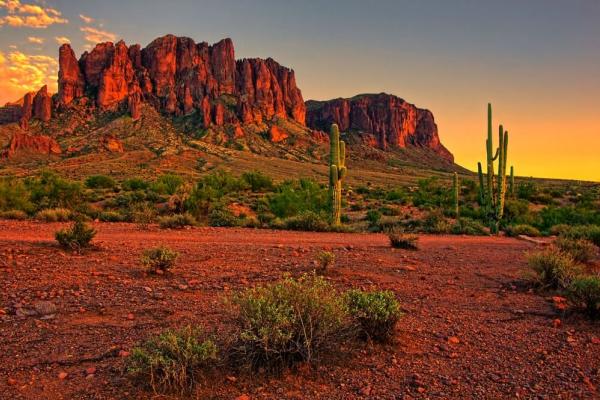May 14, 2019
I stared down at the bones. Whether covered under centuries of sand or exposed to sun, the body was claimed by the desert in life and afterlife. Even though it had been uncovered decades earlier, the dust of the desert never released it from its grip. Father Francisco Eusebio Kino died far from his Italian home. Migrants along the way had told me of the crypt of the Jesuit priest who had missionized the Sonoran Desert 300 years prior. He first entered this desert on a mission in 1687 and it swallowed him in 1711.
Read the Full Article

Already a subscriber? Login
